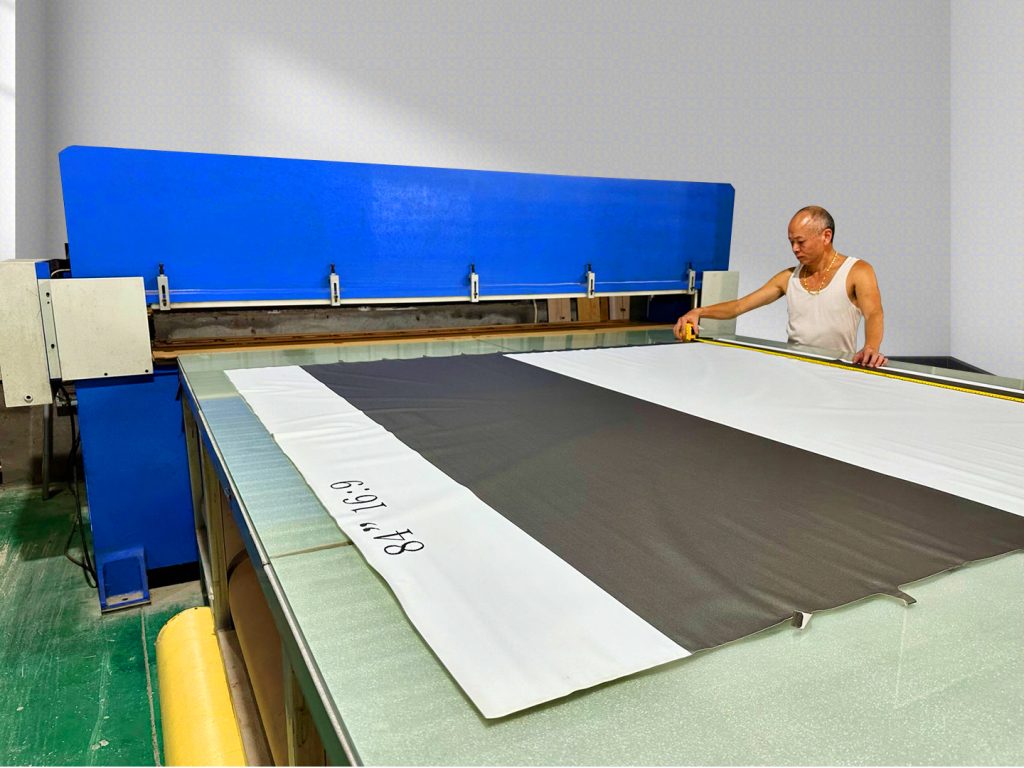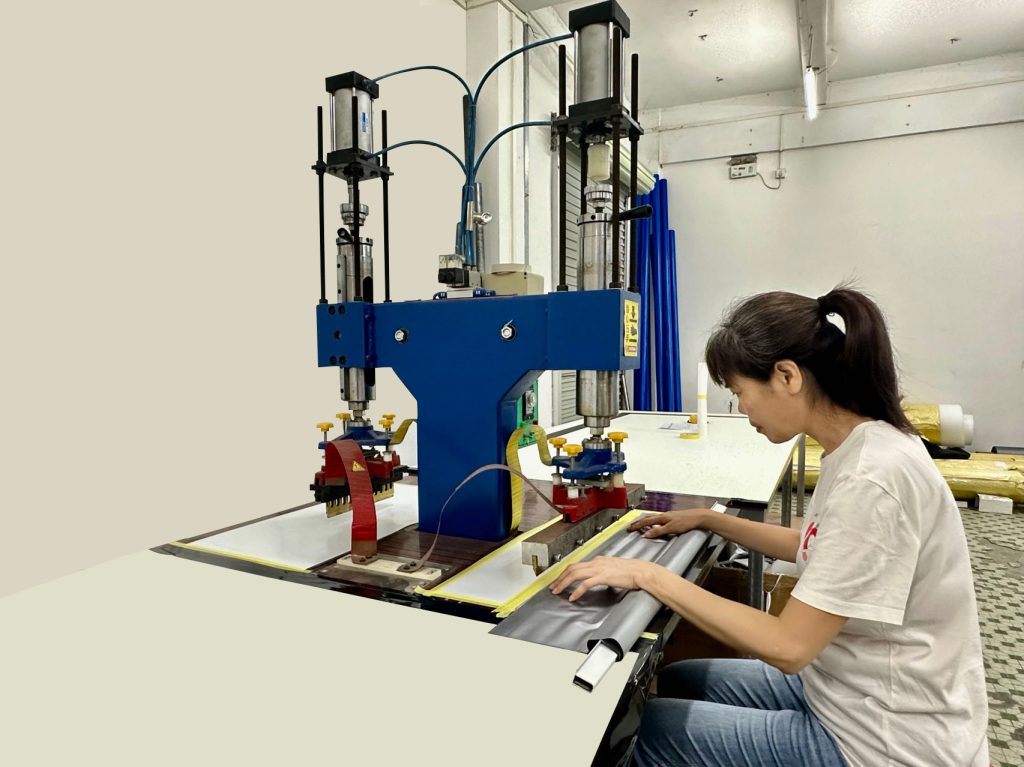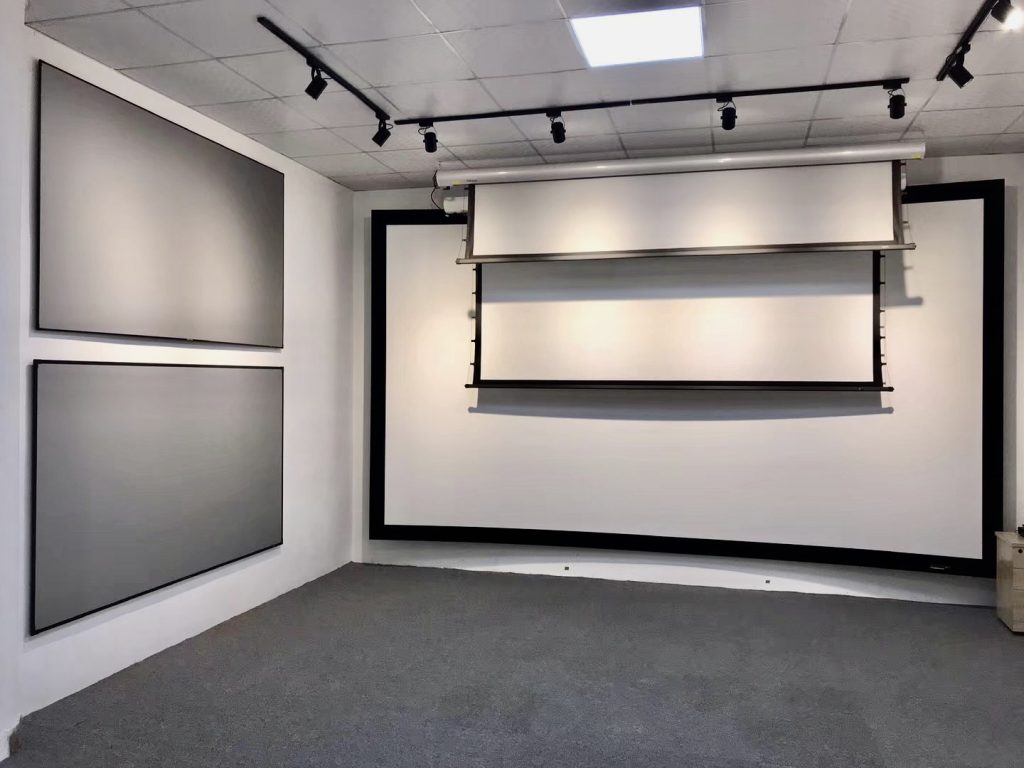
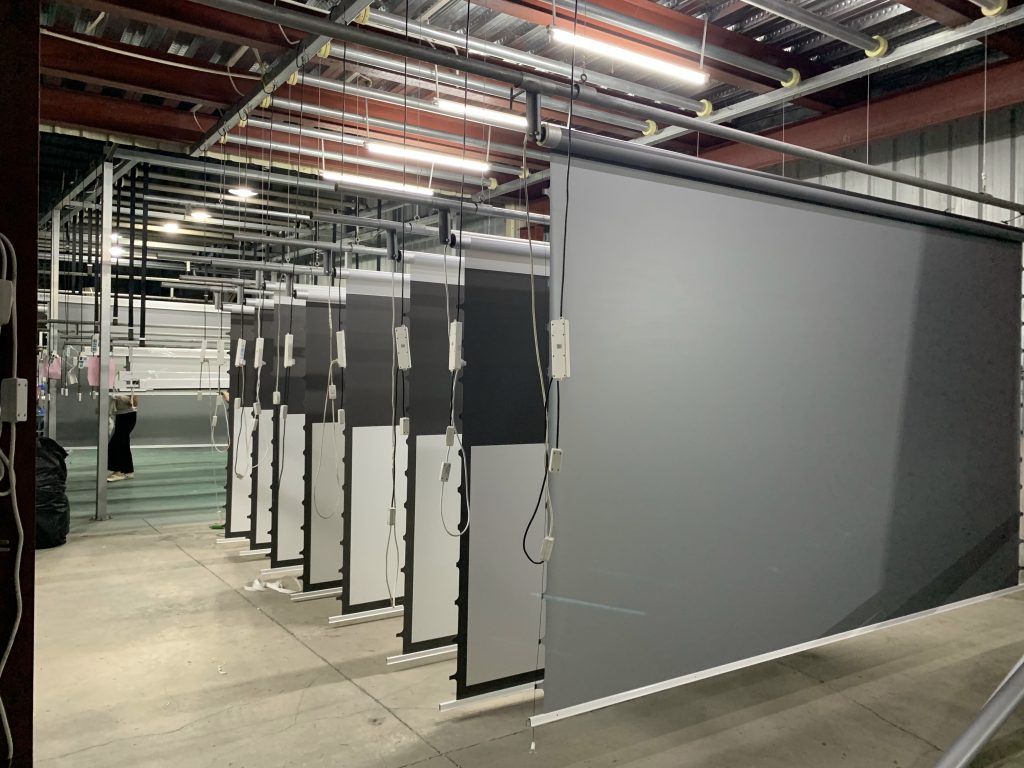
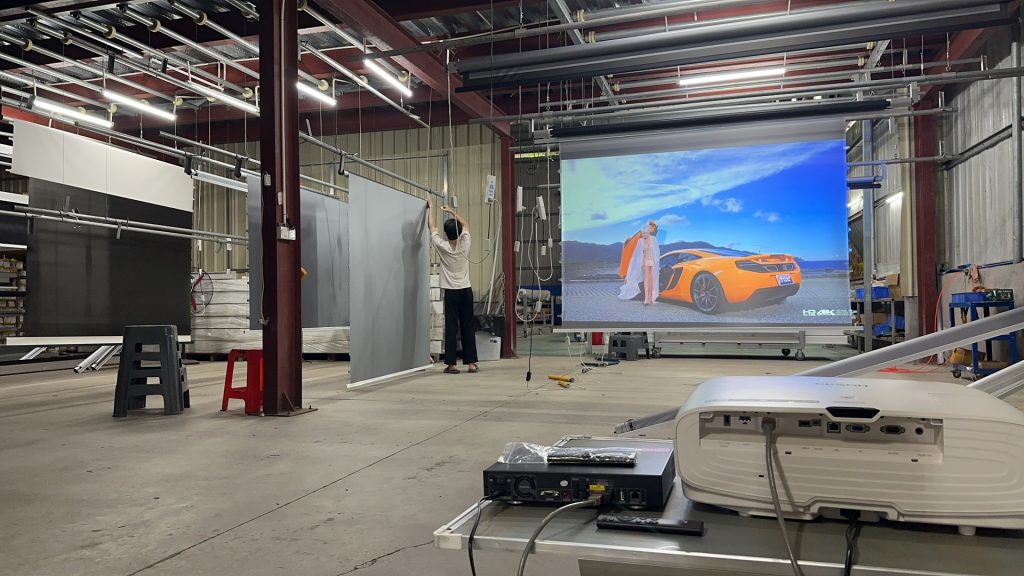
Imagine settling into your sofa for a movie night, only to squint at a tiny screen or crane your neck to see the top of the image. With home projectors growing in popularity, selecting the perfect screen size has become make-or-break for your viewing experience. The key lies in balancing three factors: screen aspect ratio, viewing distance, and your room’s dimensions. Let’s break this down with real-world tips and updated data.
1. Aspect Ratio: 16:9 vs. 2.39:1
The first decision is aspect ratio, which affects both image size and eye comfort.
| Aspect Ratio | Best For | Key Advantage | Potential Drawback |
| 16:9 | Sports, TV shows, gaming | Fits most modern content | Taller image may cause eye strain up close |
| 2.39:1 (Cinema Scope) | Blockbuster movies | Wider, immersive experience | Black bars for 16:9 content |
Pro Tip: A 120-inch 2.39:1 screen (110 inches wide, 46 inches tall) lets you sit 10 feet away comfortably, while a 16:9 screen of the same width (110 inches wide, 62 inches tall) requires 12 feet of distance to avoid fatigue .
2. Calculate Screen Size Using Viewing Distance
Forget guesswork—use this formula and chart for precision:
Recommended Screen Size (Diagonal, inches) = Viewing Distance (meters) × 2.5
| Viewing Distance | Recommended Screen Size | Ideal Room Type |
| 1.5–2.0m | 80–100 inches | Bedroom, small study |
| 2.0–3.0m | 110–135 inches | Medium living room |
| 3.0–4.0m | 150–180 inches | Large entertainment room |
If your sofa is 3 meters from the wall, a 120-inch screen (3m × 2.5 = 7.5ft ≈ 120 inches) is perfect .
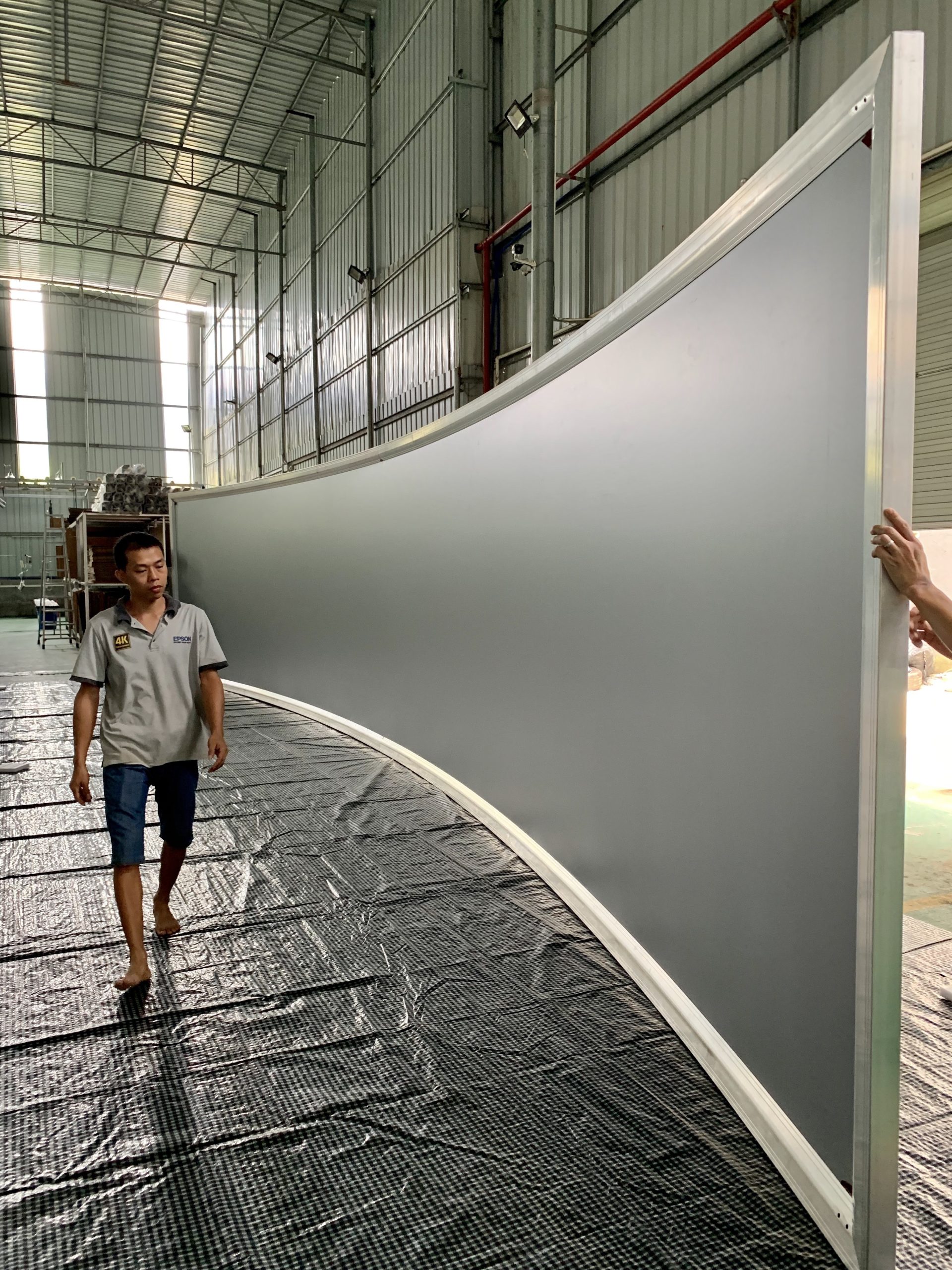
3. Test Before You Buy: The Cinema Trick
Unsure about your ideal setup? Head to a commercial theater with this experiment:
- Measure the screen width (e.g., 16 steps across).
- Count steps to your favorite seat (e.g., 24 steps back).
- Calculate the ratio: 24 ÷ 16 = 1.5x screen width.
For home, if your seat is 3.6m (12ft) away, a 2.4m (8ft) wide screen (3.6 ÷ 1.5 = 2.4) will replicate that comfort .
4. Avoid Installation Disasters
Hidden screens are trendy, but poor planning leads to mistakes like this :
A homeowner upgraded their 100-inch screen to 120 inches post-renovation, only to find the ceiling slot was too small. The screen now hangs awkwardly, ruining the room’s look.
Critical Fixes:
- Finalize screen size before ceiling construction.
- Add 15cm to the screen width for hidden slots .
- Mark dimensions with tape first—check neck comfort from your sofa!
5. Fun Q&A
Q: Can I use a white wall instead of a screen?
A: Walls work temporarily, but screens boost brightness by 30% and reduce glare—worth the investment for movie nights!
Q: My room is narrow. Should I prioritize width or height?
A: Go for a wider 2.39:1 screen—you’ll sit closer without strain, and it feels more cinematic.
Conclusion
The “perfect” screen size blends science and personal taste. Use the 1.5x distance rule, test in theaters, and avoid renovation mishaps with pre-planning. Whether you’re binge-watching sports or enjoying classics, a tailored screen turns your living room into a theater.
